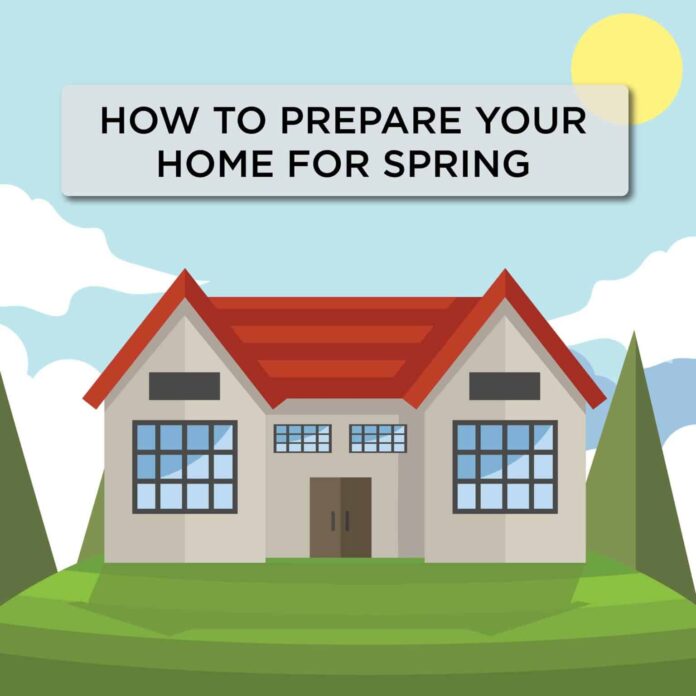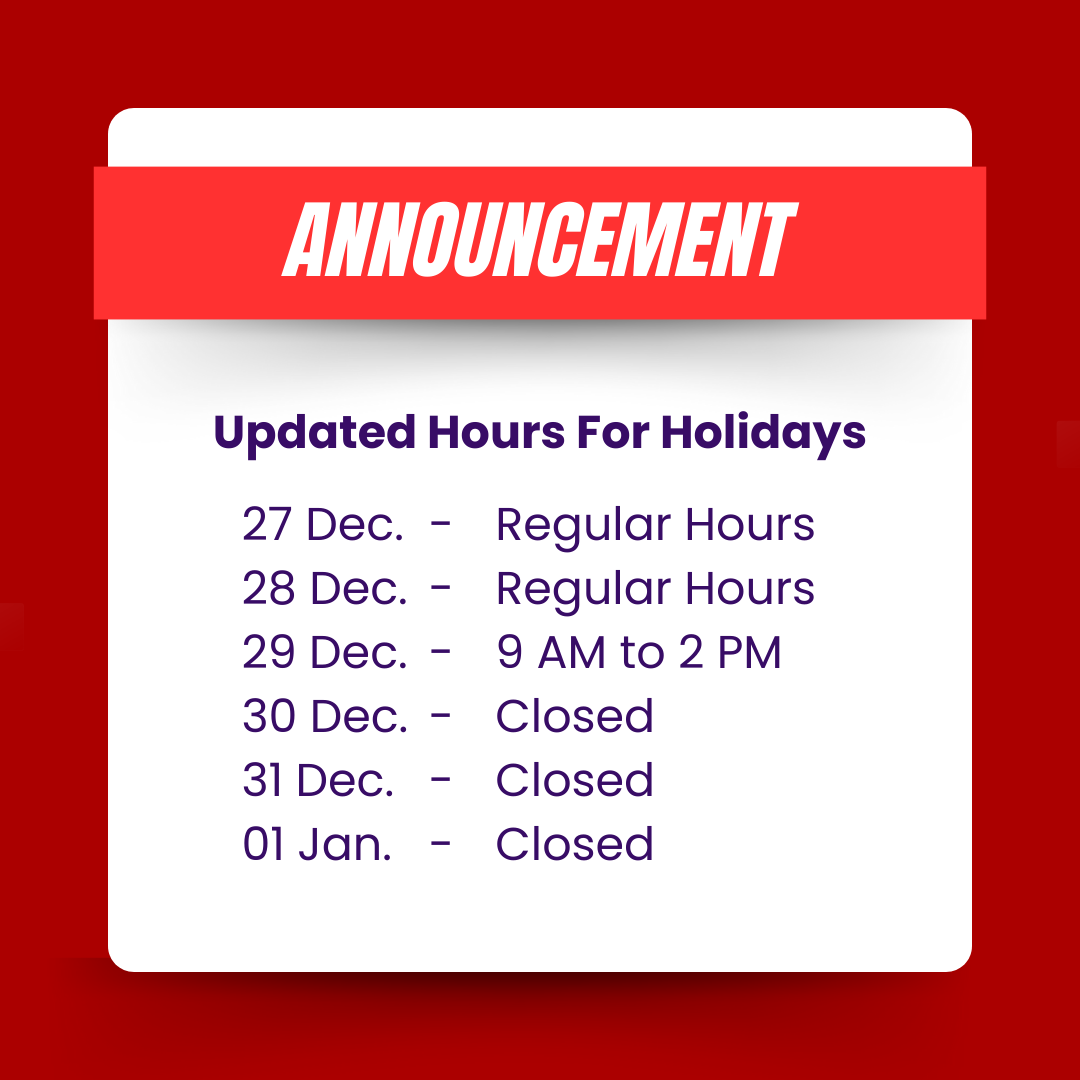Winter brings its own set of challenges, and one of the most insidious threats to homeowners is the risk of frozen pipes and the subsequent water damage that can result. As temperatures drop, water inside pipes can freeze, causing them to burst and wreak havoc on your home. The financial and emotional toll of dealing with water damage can be overwhelming, but with some proactive measures, you can minimize the risks. In this comprehensive guide, we’ll explore essential tips to protect your home from the dangers of frozen pipes and the potential water damage that follows. See our home insurance policy to prevent loss of water damage.
Understanding the Risks
Before delving into prevention strategies, it’s crucial to understand why frozen pipes pose such a significant threat. When water freezes, it expands, creating immense pressure within pipes. This pressure can cause pipes to burst, leading to water leakage once the ice thaws. The damage is not limited to the pipes themselves; it can extend to your home’s structure, furnishings, and even compromise electrical systems. By recognizing these risks, you can appreciate the importance of implementing preventive measures.
Insulate Exposed Pipes
One of the primary steps in safeguarding your home against frozen pipes is insulating those that are exposed to colder temperatures. Start by identifying pipes in unheated areas such as attics, basements, and crawl spaces. Insulation sleeves or heat tape can be effective tools to prevent heat loss and keep the pipes above freezing temperatures. Focus on areas where pipes are most vulnerable, and don’t forget outdoor faucets – cover them with insulated faucet covers to shield against the cold.
Maintain Consistent Heating
Maintaining a consistent temperature within your home is crucial during the winter months. Sudden drops in temperature, especially during the night when thermostats are often turned down, can contribute to frozen pipes. Keep your thermostat at a stable temperature, even when you’re away, to ensure that your home’s interior remains warm enough to prevent freezing. While it may lead to a slightly higher heating bill, the cost is negligible compared to the potential expenses associated with water damage repairs.
Allow Faucets to Drip
In extremely cold conditions, allowing faucets to drip can be a simple yet effective strategy to prevent frozen pipes. Running water, even at a trickle, helps prevent stagnation and freezing. This is particularly useful for faucets connected to pipes located along exterior walls or in areas prone to colder temperatures. It’s a small measure that can make a significant difference in maintaining water flow and preventing ice buildup.
Seal Cracks and Openings
Cold air entering your home through cracks and openings can contribute to freezing pipes. Conduct a thorough inspection of your home’s exterior and seal any gaps or cracks with weather stripping or caulking. Pay close attention to areas around windows, doors, and where pipes enter your home. By preventing drafts, you create a more stable environment for your pipes, reducing the risk of freezing.
Disconnect and Drain Outdoor Hoses
Outdoor hoses can be a source of frozen pipes if not properly managed. Before winter sets in, disconnect all outdoor hoses and drain the remaining water. Storing hoses indoors can further protect them from the cold. If left connected, water can freeze inside the hose and extend into the connected faucet and pipes, leading to potential damage.
Insulate Attic and Crawl Spaces
In addition to insulating exposed pipes, it’s crucial to insulate the spaces where these pipes are located. Proper insulation in attics and crawl spaces can help maintain a warmer environment, reducing the likelihood of pipes freezing. Insulation not only benefits pipes but also contributes to overall energy efficiency, making it a worthwhile investment for long-term home protection.
Install a Temperature Monitoring System
For added peace of mind, consider installing a temperature monitoring system. These devices can alert you if the temperature in your home drops to a level that could lead to frozen pipes. Some systems can even be connected to your smartphone, allowing you to monitor and adjust the temperature remotely. While an upfront investment, such a system can save you from the considerable costs associated with water damage repairs.
Emergency Preparedness
Despite your best efforts, there may be instances where pipes freeze despite preventive measures. In such cases, knowing how to respond promptly is crucial. Familiarize yourself with the location of your main water shut-off valve. If a pipe bursts, shutting off the water supply can minimize the damage. Additionally, have a plan in place for contacting a plumber or water damage restoration service to address the issue promptly.
Conclusion
As winter approaches, protecting your home from the risks of frozen pipes and water damage should be a top priority. By implementing these proactive measures, you can significantly reduce the likelihood of facing the costly consequences of burst pipes and leaks. Remember, a small investment in preventive measures now can save you from the financial and emotional toll of dealing with water damage in the future. Stay vigilant, stay prepared, and ensure your home is a fortress against winter’s silent menace.







